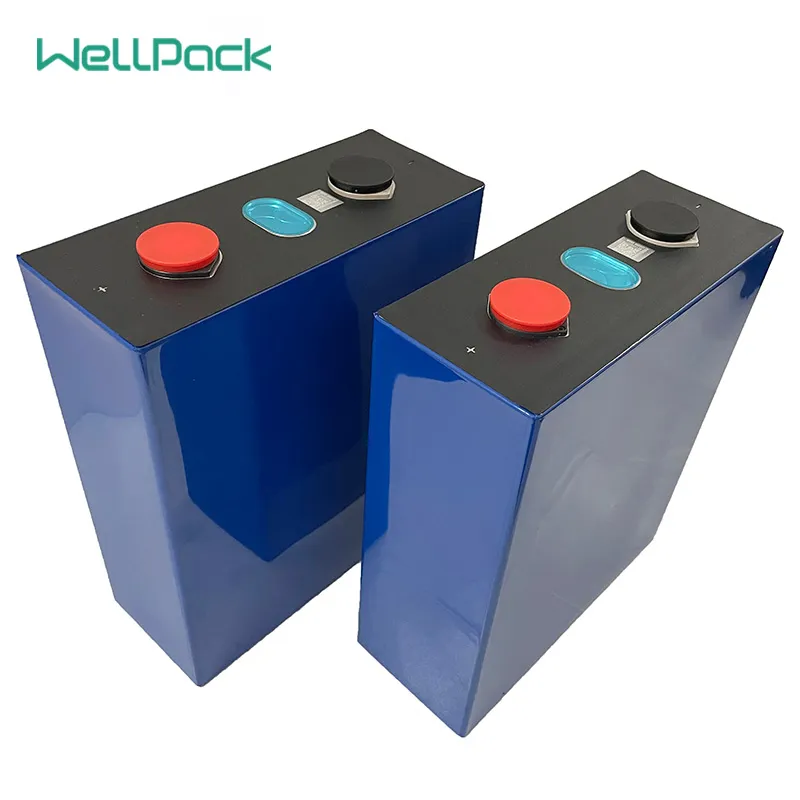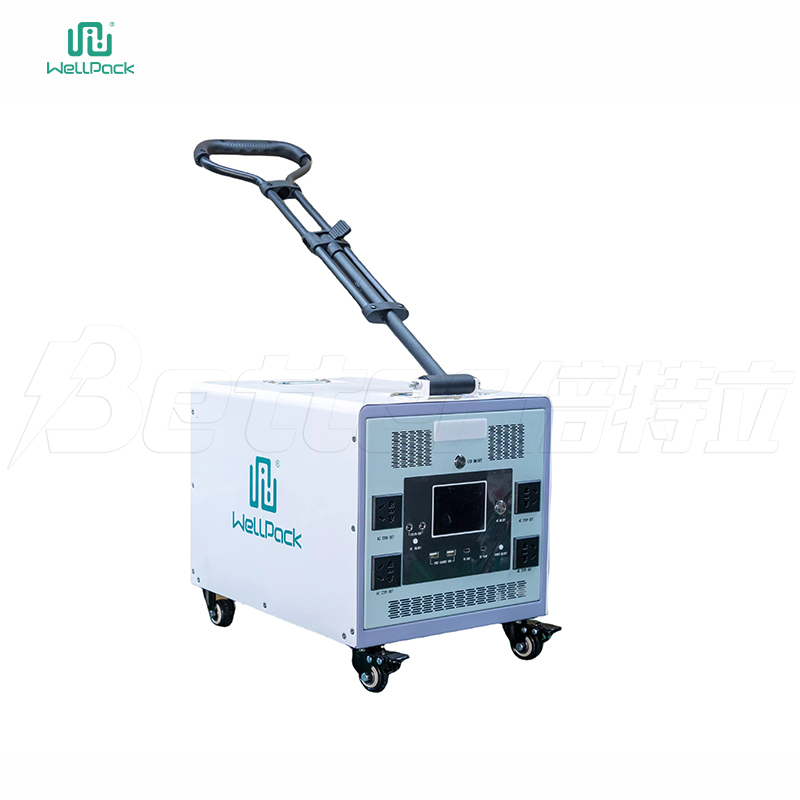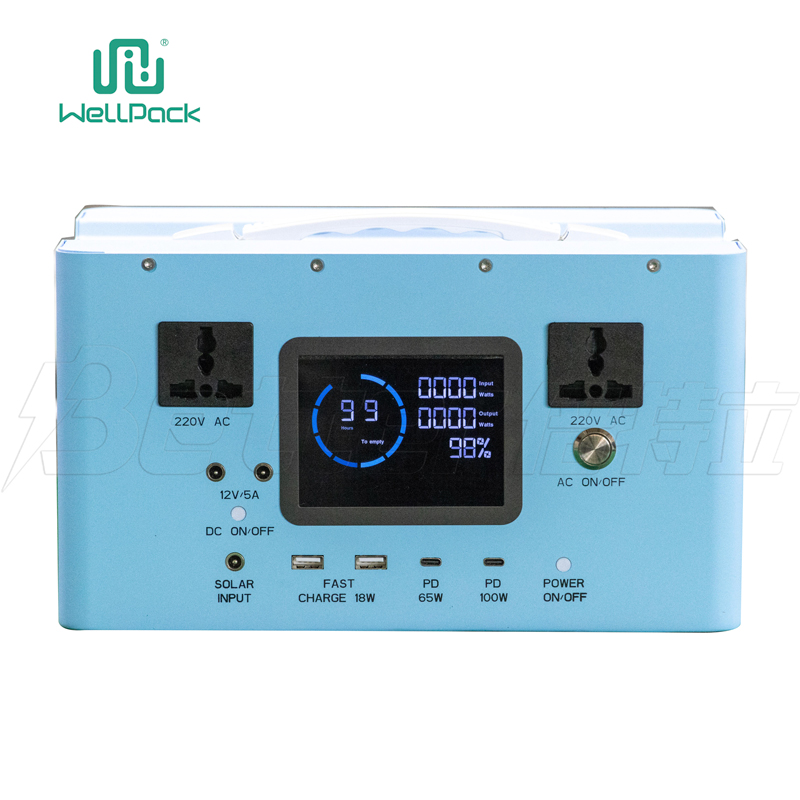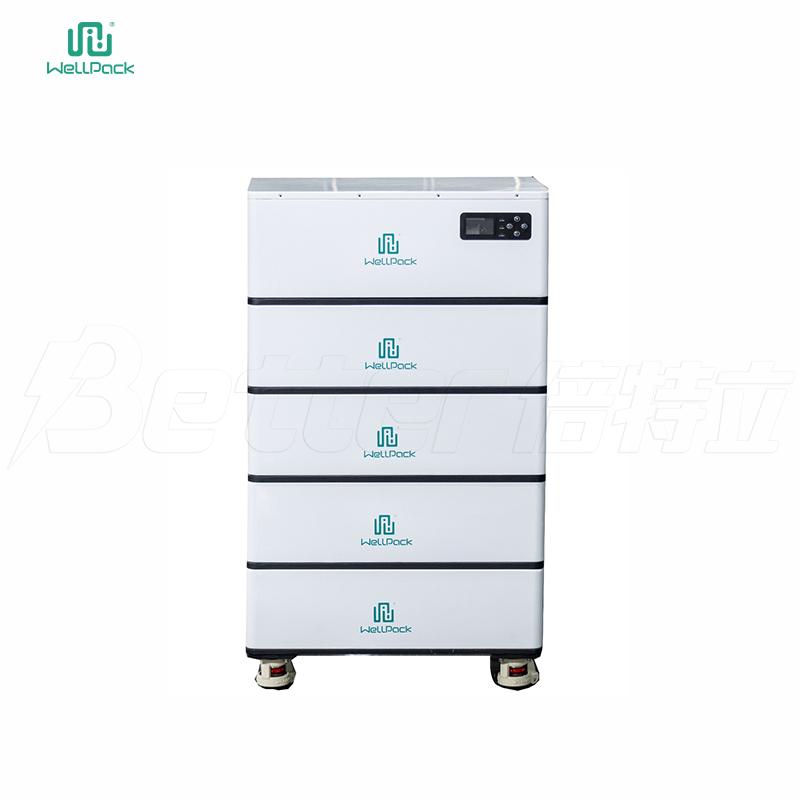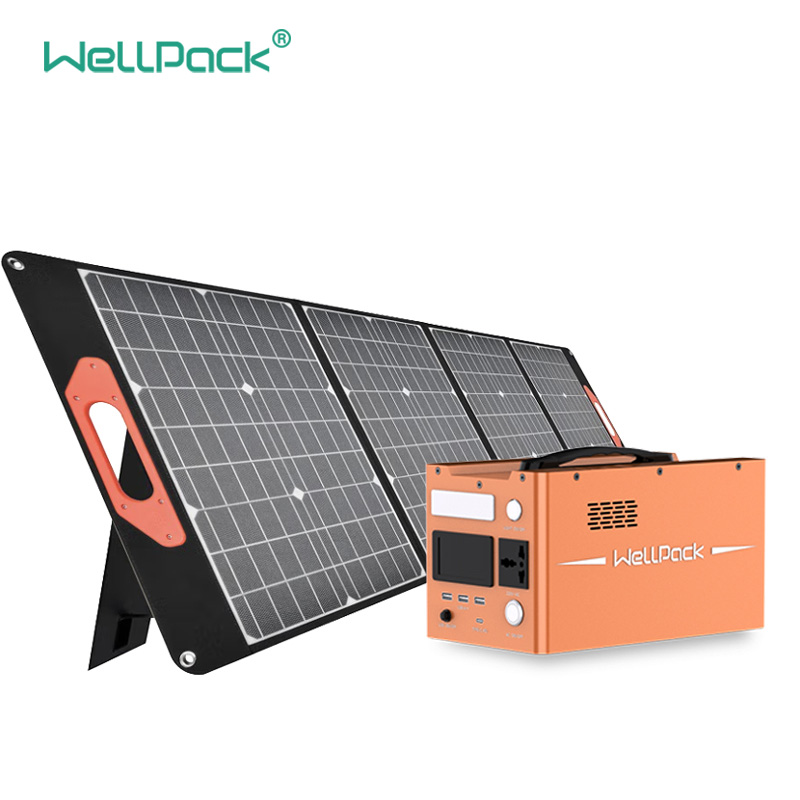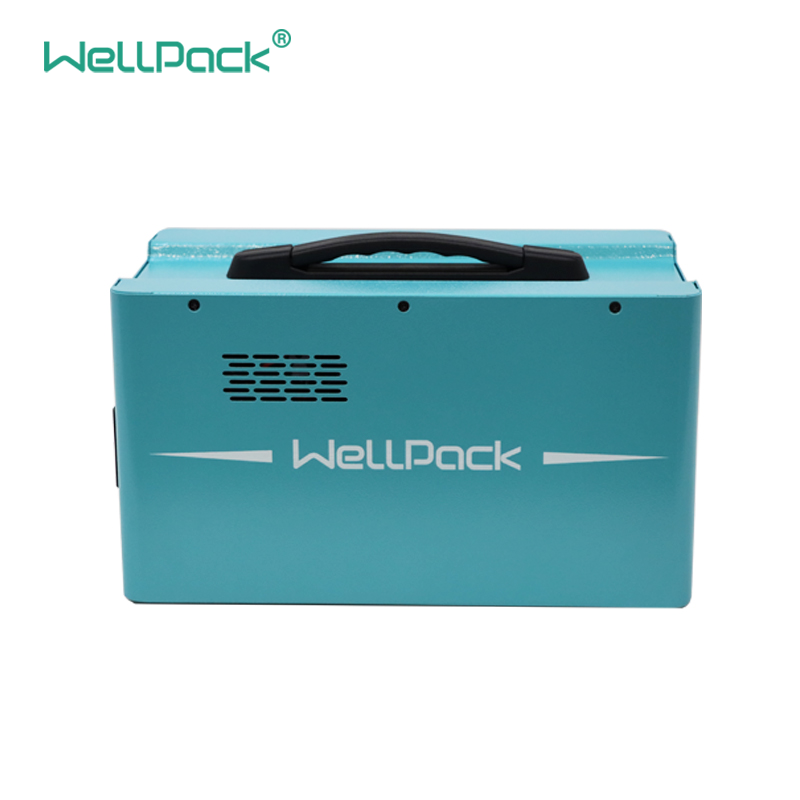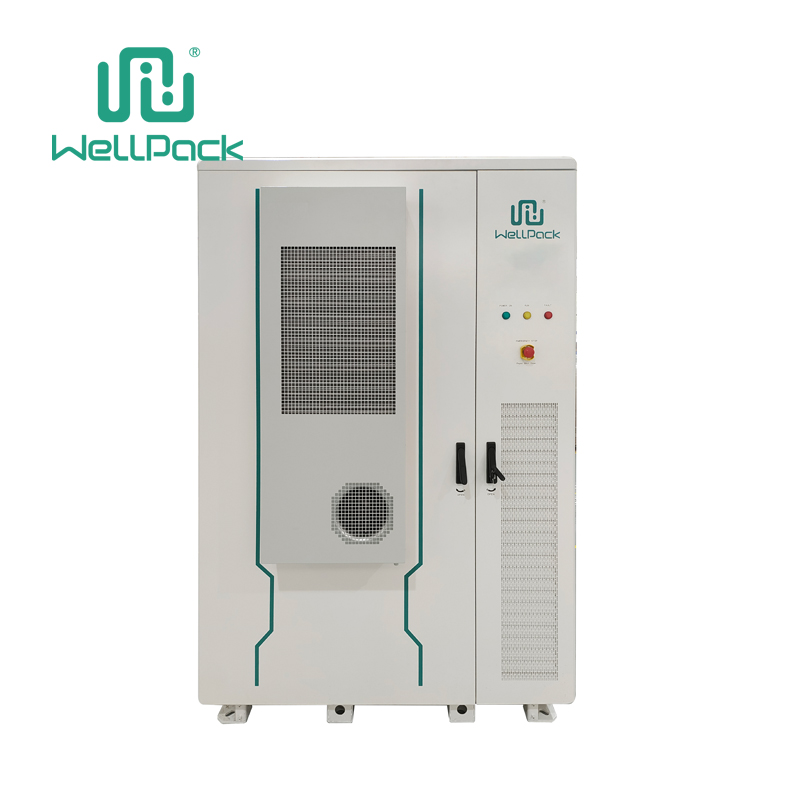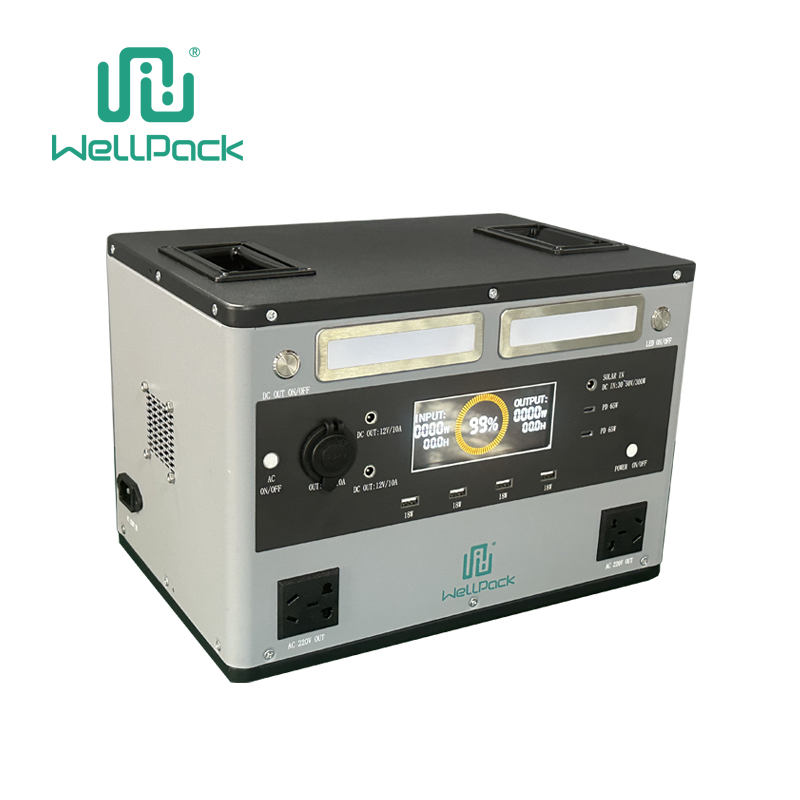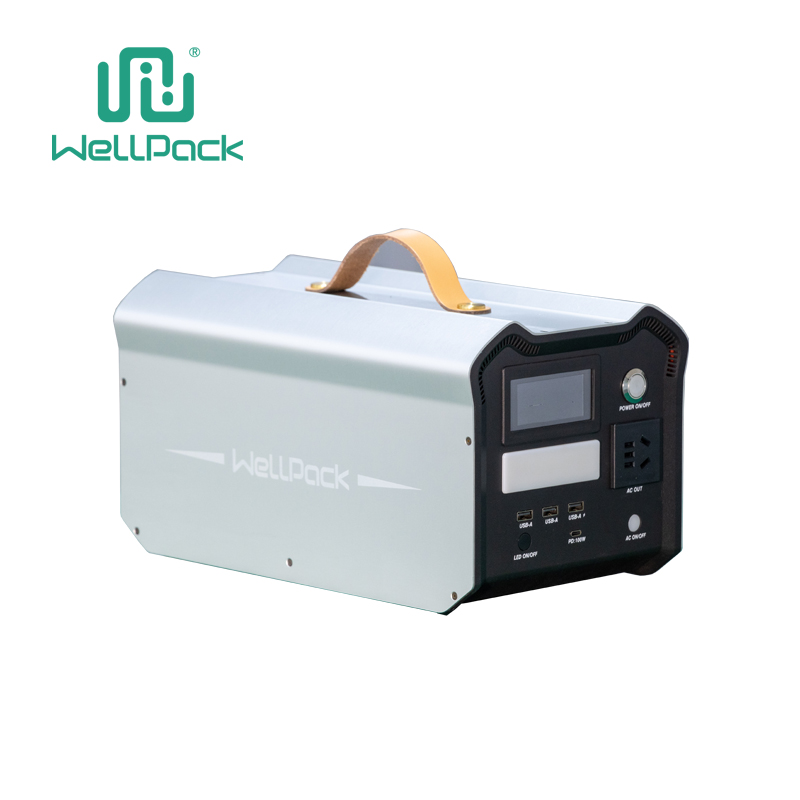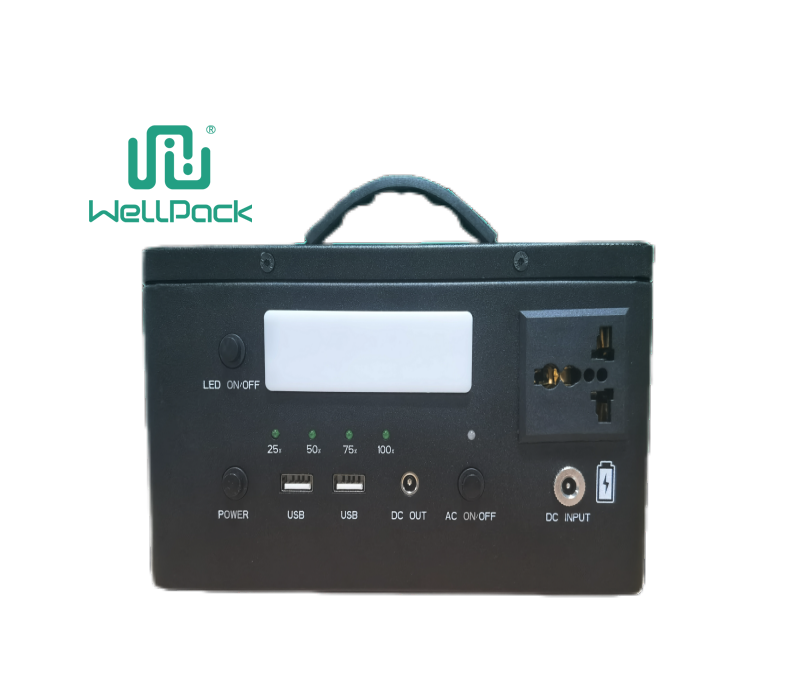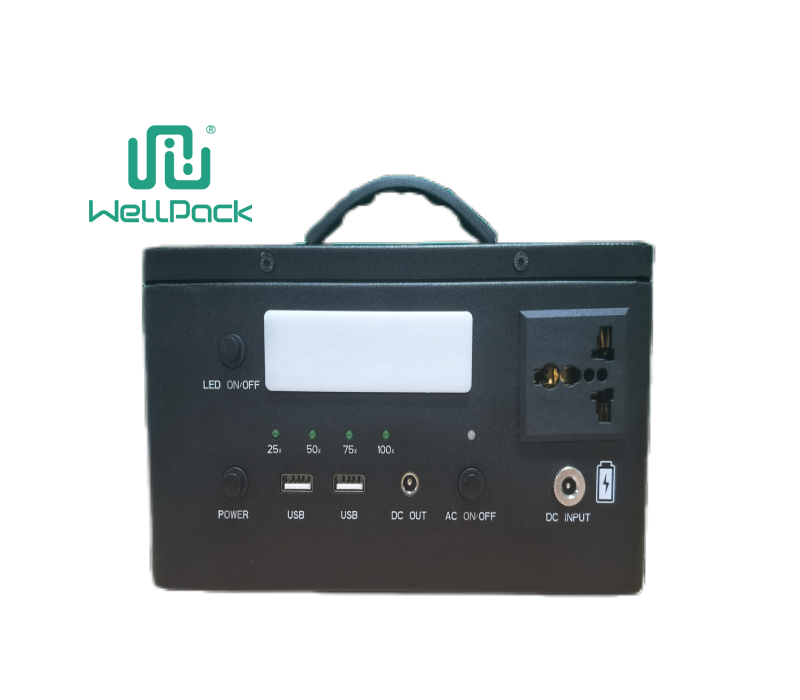Contents
Quick Overview of Lithium-Ion Battery Prices
If you're shopping for a lithium-ion battery in 2025, expect to pay anywhere from $50 for a small consumer-grade unit to over $10,000 for industrial-scale packs. That's a wide range, right? It depends on what you're using it for—whether it's powering your smartphone, backing up your home during outages, or storing energy for a factory. The average price per kilowatt-hour (kWh) for lithium-ion batteries has dropped to around $100-$150 this year, thanks to better manufacturing and raw material deals. But don't stop there; understanding why prices vary can save you from overpaying or picking the wrong spec.
For everyday folks, a replacement lithium-ion battery for a laptop might run $30-$80, while EV owners could face $5,000-$15,000 for a full pack. Businesses eyeing energy storage? Think $200-$500 per kWh installed. These numbers aren't set in stone—they shift with supply chains and tech tweaks. Let's dive into what really moves the needle on lithium-ion battery costs so you can make a smart buy.
Key Factors Driving Lithium-Ion Battery Costs
Prices for lithium-ion batteries don't just happen; they're shaped by a handful of real-world elements. Start with raw materials: lithium, cobalt, nickel, and graphite make up about 40-50% of the total cost. In 2025, lithium prices have stabilized around $15,000 per ton after a wild ride in prior years, but cobalt's scarcity still bumps up premium cells by 20-30%.
Scale matters too. Buying one lithium-ion battery for a drone? You'll pay a premium per unit. Ordering thousands for a solar farm? Discounts kick in, sometimes slashing costs by 40%. Manufacturing location plays a role—cells from established hubs like China or South Korea often cost 10-15% less due to efficient production lines.
Then there's the tech inside: higher energy density means pricier cathodes, like NMC (nickel-manganese-cobalt) over basic LFP (lithium iron phosphate). Safety features, such as built-in battery management systems (BMS), add $10-$50 per unit but prevent headaches down the line. And don't forget demand—peaks from electric vehicles (EVs) or renewable energy pushes can hike lithium-ion battery prices by 5-10% seasonally.
Energy efficiency ties in here. A lithium-ion battery with 300Wh capacity might cost $40, but if it holds charge better in extreme temps, that jumps to $60. For users in hot climates or cold warehouses, this isn't fluff—it's practical value that pays off in longevity.
Different Types and Their Price Ranges
Not all lithium-ion batteries are created equal, and neither are their price tags. Let's break it down by common types you might encounter in daily life or work.
LFP (Lithium Iron Phosphate) Batteries: These are the budget-friendly workhorses, ideal for home energy storage or e-bikes. In 2025, expect $80-$120 per kWh. Why so affordable? No pricey cobalt, plus they last 5,000+ cycles without much fade. A 50Ah LFP pack for off-grid camping could set you back $300-$500, but it's safer in fires—key if you're storing it indoors.
NMC (Nickel-Manganese-Cobalt) Batteries: Powering most EVs and laptops, these pack more punch with higher energy density. Costs hover at $110-$160 per kWh. A mid-size EV lithium-ion battery replacement? Around $8,000-$12,000. They're great for long-range needs but watch for thermal runaway risks in high-drain setups like power tools.
LCO (Lithium Cobalt Oxide) Batteries: Still common in slim devices like smartwatches, at $150-$200 per kWh. Small ones cost $10-$30 each, but they're fading out due to cobalt ethics and shorter life (1,000 cycles max). If you're upgrading wearables, stick to hybrids for better value.
Solid-State Lithium-Ion Batteries: The hot new kid—emerging in premium EVs. Prices are steep at $200-$300 per kWh, but prototypes show 800Wh/kg density. By late 2025, early adopters might snag them for $5,000+ per pack. They're lighter and safer, perfect for drones or aerospace, though availability lags.
For B2B buyers, mixing types—like LFP for base load and NMC for peaks—can optimize costs. A warehouse robot fleet might blend them to hit $100 per kWh overall.
Breaking Down the Cost Components
Ever wonder where your money goes when buying a lithium-ion battery? It's not just the cell—let's unpack the bill.
Materials lead at 45%: Cathode (30%), anode (10%), and electrolytes (5%). Nickel-heavy designs inflate this, but recycling pushes costs down 10-15% in 2025 as more firms reuse scrap.
Manufacturing eats 25%: Assembly lines, quality checks, and labor. Automated factories in Asia keep it low—$20-$40 per kWh—while custom U.S. builds add $50 for compliance.
Packaging and BMS: 15-20%. A robust aluminum shell protects against dents, adding $20-$100, but it's worth it for shipping or rough jobs like construction sites.
Overheads like R&D, shipping, and warranties round out 10-15%. Bulk orders slash shipping to pennies per unit, but tariffs can add 5-10% for imports.
Take a 32V 50Ah lithium-ion battery: Raw mats $150, build $80, extras $50—total $280 before markup. Retail? $350-$450. Spotting these layers helps negotiate with suppliers.
How to Estimate Costs for Your Project
Guessing lithium-ion battery prices wrong can tank your budget. Here's a straightforward way to nail it.
First, calculate your needs: Watts x hours / voltage = Ah required. For a 1kW solar setup running 5 hours daily, that's 5kWh. At $120/kWh, base cost $600.
Factor in type: Add 20% for NMC over LFP if range matters. Safety certs? +10%. Volume? 1-10 units: full price; 100+: 30% off.
Use online calculators or supplier quotes—input specs like cycle life (aim for 3,000+ for workhorse use) and temp range (-20°C to 60°C for versatility).
Real example: Home backup. 10kWh LFP system: $1,200 cells + $800 inverter/BMS = $2,000 installed. EV charge? Scale to 60kWh at $9,000.
Pro tip: Compare total ownership cost, not upfront. A $100 extra durable lithium-ion battery saves $500 in replacements over 5 years.
What's Changing in 2025 and Beyond
Lithium-ion battery costs aren't static—2025 brings shifts that could save you cash or open new doors.
Supply chain fixes: New mines in Australia and recycling plants in Europe cut lithium prices 15% year-over-year. Cobalt alternatives in LFP dominate, dropping averages to $90/kWh by Q4.
Tech leaps: Sodium-ion hybrids blend in at 70% of lithium-ion battery cost, testing in low-end EVs. Solid-state hits mass production, promising 20% cheaper long-term via longer life.
Policy perks: U.S. Inflation Reduction Act rebates shave 30% off installs; EU green deals favor local makers, stabilizing prices.
For users, this means cheaper portables—$20 lithium-ion batteries for gadgets—and scalable storage under $100/kWh for businesses. Watch for AI-optimized packs that predict failures, adding $50 but cutting downtime 40%.
Downside? Geopolitical hiccups could spike costs 10%, so lock in quotes early.
A Reliable Option for Your Needs
Looking for a solid lithium-ion battery that balances cost and performance? Check out our 32V 50Ah Aluminum Shell Lithium Iron Phosphate Battery at Wellpack. Priced competitively for 2025 standards, it delivers robust energy storage for home, outdoor, or industrial use—up to 5,000 cycles with built-in safety. Head over to this page for specs and quotes. It's designed to tackle real-world demands without breaking the bank.
